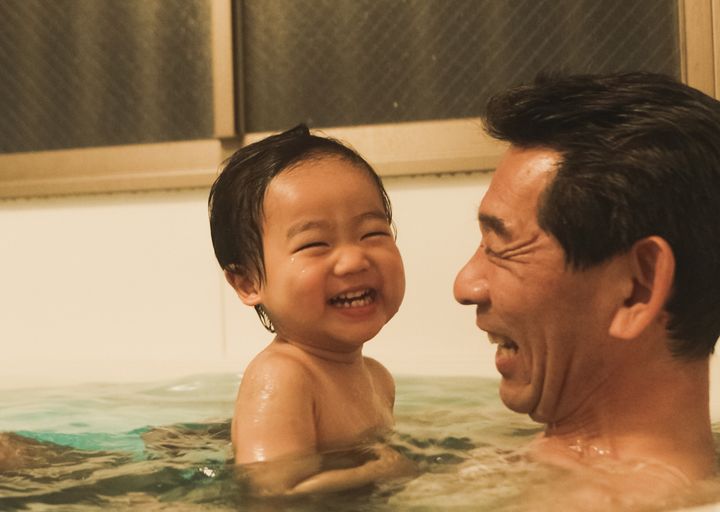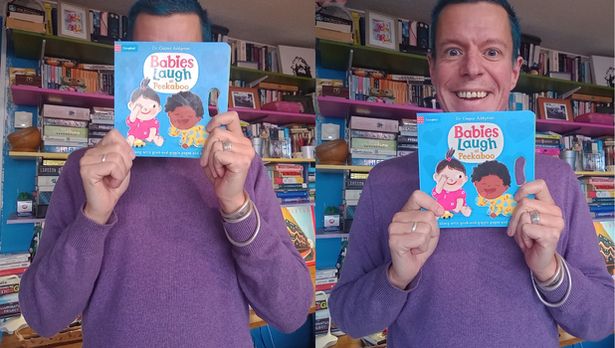
Having spent a decade studying baby laughter, infant psychologist Dr Caspar Addyman knows a thing or two about getting little ones to crack a smile.
“At first I thought this would be another way to understand what babies know about the world,” Dr Addyman says of his foray into the world of baby laughter back in 2011.
His initial hypothesis was that babies might laugh when they acquire a new skill or learn a new thing about the world – laughs of triumph and understanding.
And while those are definitely a big part of their daily delight in being babies, more than anything else he’s discovered baby laughter is social.
“They laugh with us to connect and to learn from us,” he explains.

One of the greatest examples of this is the sheer delight most babies experience when playing peekaboo.
“At its core, peekaboo is entirely about connecting to another person. It is a conversation where the baby is an equal partner,” says Dr Addyman.
It’s perhaps no wonder then that the baby laughter expert (most enviable job ever?) has authored a children’s book all about it – suitably named Babies Laugh At Peekaboo – complete with sturdy pages that pull apart to reveal babies hiding within at different parts of the day.
We put the book to our harshest critic, my 21-month-old who gets through about 30 books a day (she’s a serious bookworm) and she was absolutely delighted by the interactive element – although I do often get shouted at to help her when she can’t push the pages back together.
While you might envisage a typical day for a baby laughter expert involves spending time with babies and pulling silly faces to elicit a belly-laugh or two, Dr Addyman admits it’s more of a desk-based role.
“Like most scientists I spend a lot more time staring at a computer than I do in a lab,” he says. “Especially at the moment as I’m using machine learning to analyse videos of parents and infants playing together.”

So, the important stuff, what are some proven ways to give babies the giggles? The laughter expert says a global survey revealed tickling and peekaboo were the clear winners.
“But there was also a huge variety to the things that make babies laugh,” he adds.
“The common theme is babies laugh with us, when we give them our attention. Reflecting on everything I’ve learned in a decade of studying baby laughter, I’d say that the best way to make a baby laugh is to take them seriously.
“Slow down and pay attention to the baby, let them lead the interaction. They will notice that you are tuning into them and will be delighted. Laughter will almost certainly follow.”
It’s perhaps important then to say that if you really want a baby to laugh, you shouldn’t set out to make them do that. Rather, set out to support their exploration of the world.
“Their laughter will be your reward. It is a form of communication. It is the opposite of crying,” says Dr Addyman.
“A crying baby is expressing their distress because they want your help to make it stop. A laughing baby is communicating their delight and it signals that whatever is happening right now is something they want to continue.”
That might be splashing in a bath, successfully navigating a spoon, or taking several unaided steps in a row.
“Everyday is a rollercoaster for a new baby – and for their parents,” adds the infant psychologist. “Crying lets us comfort them in their lows and laughter lets us share their highs.”